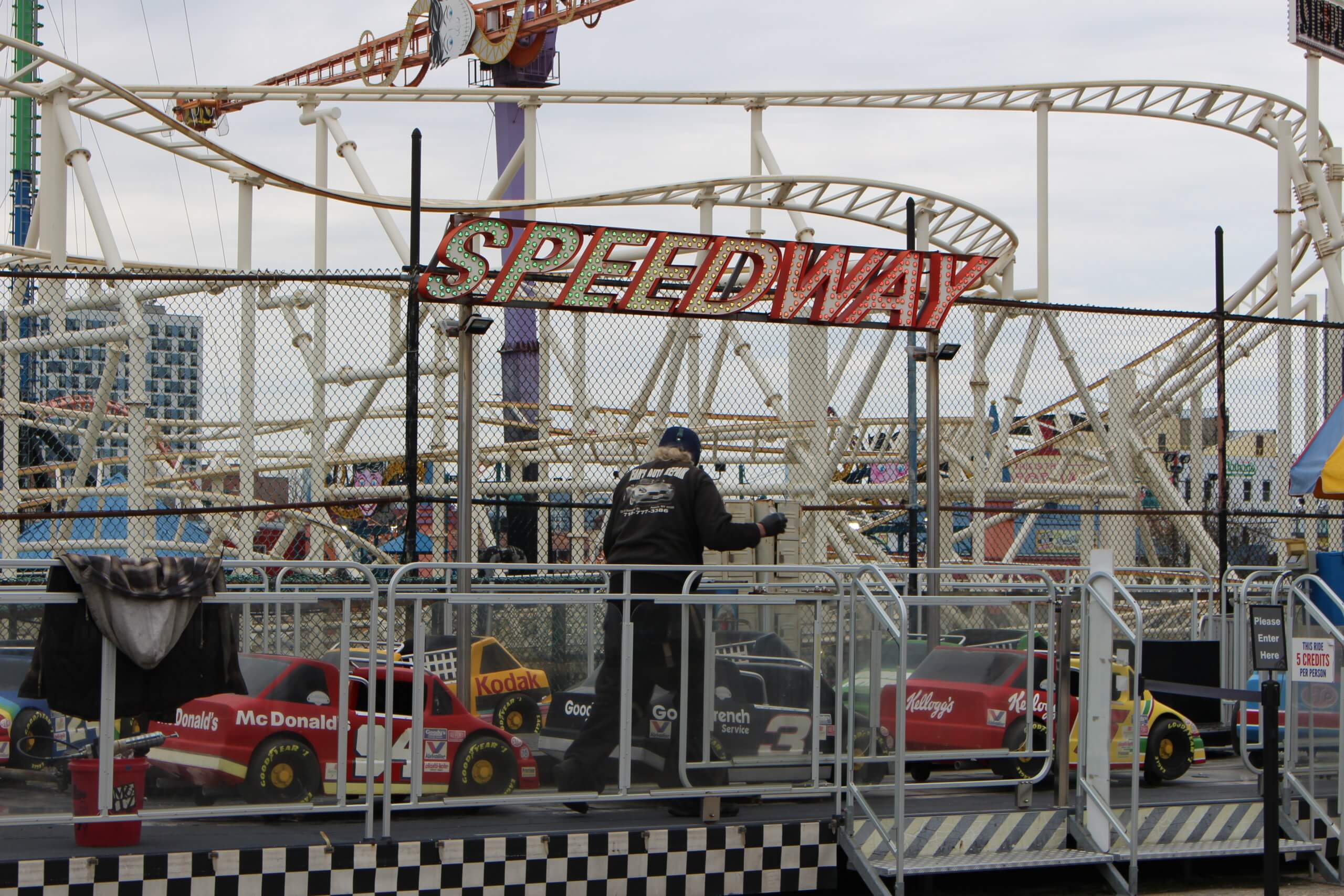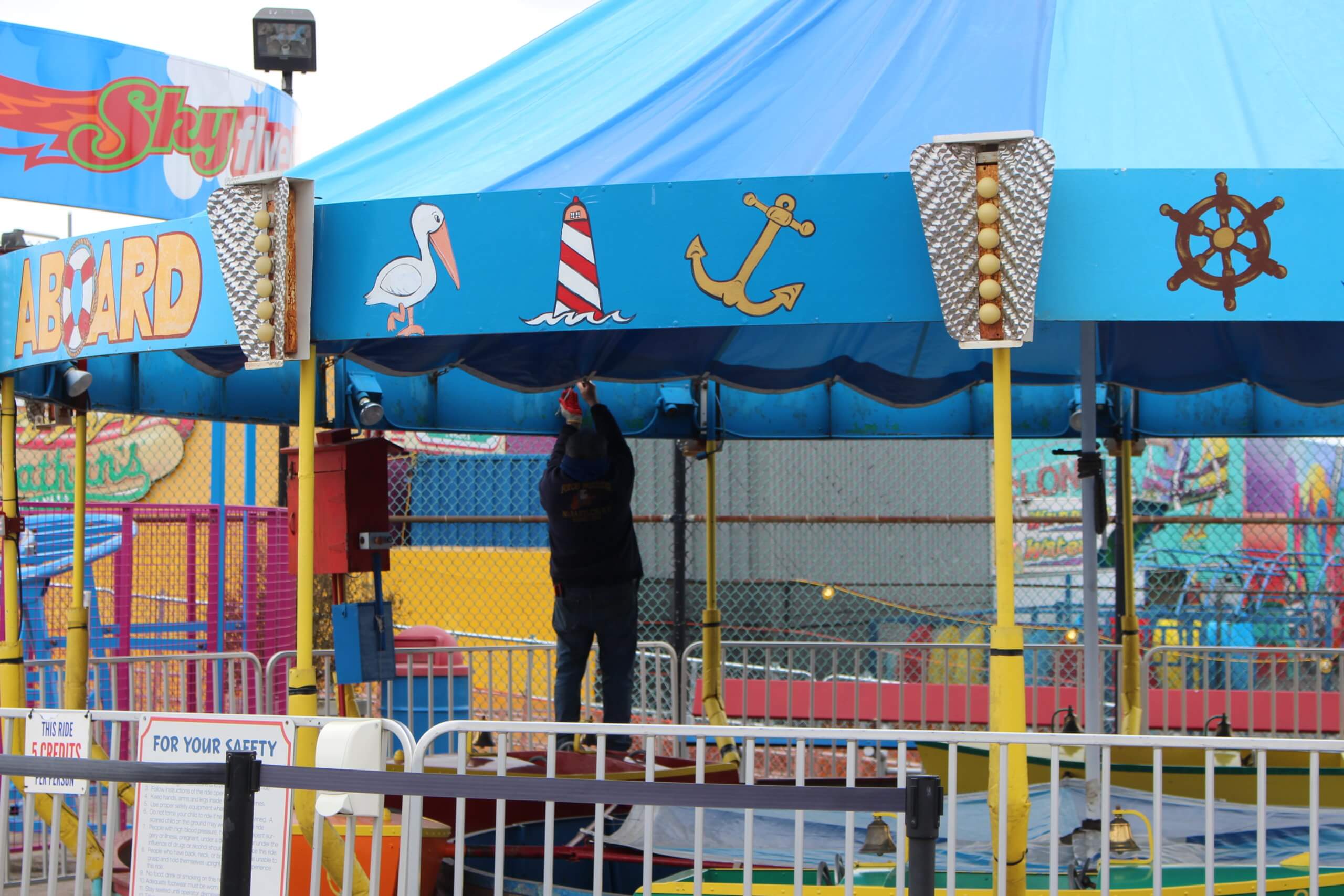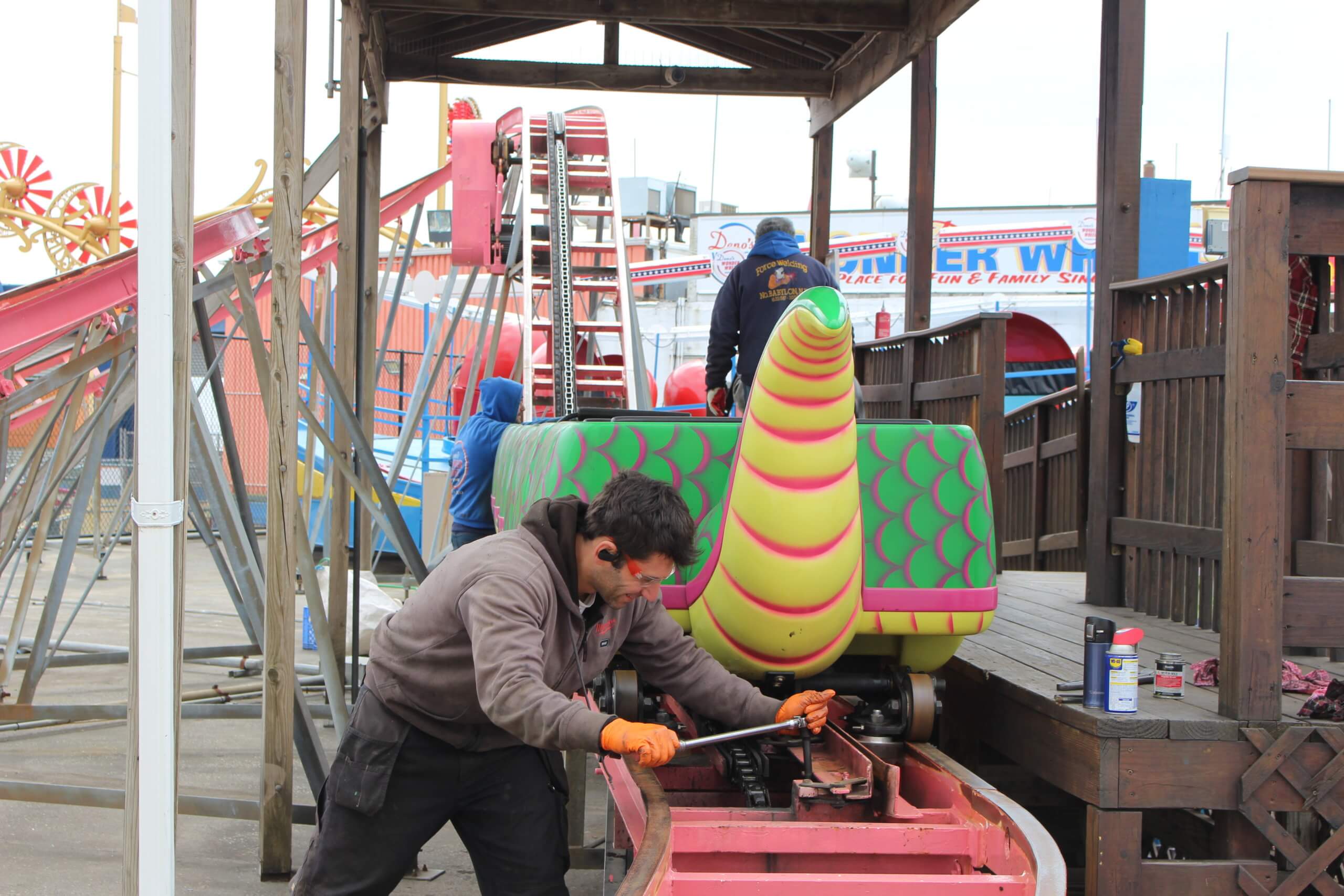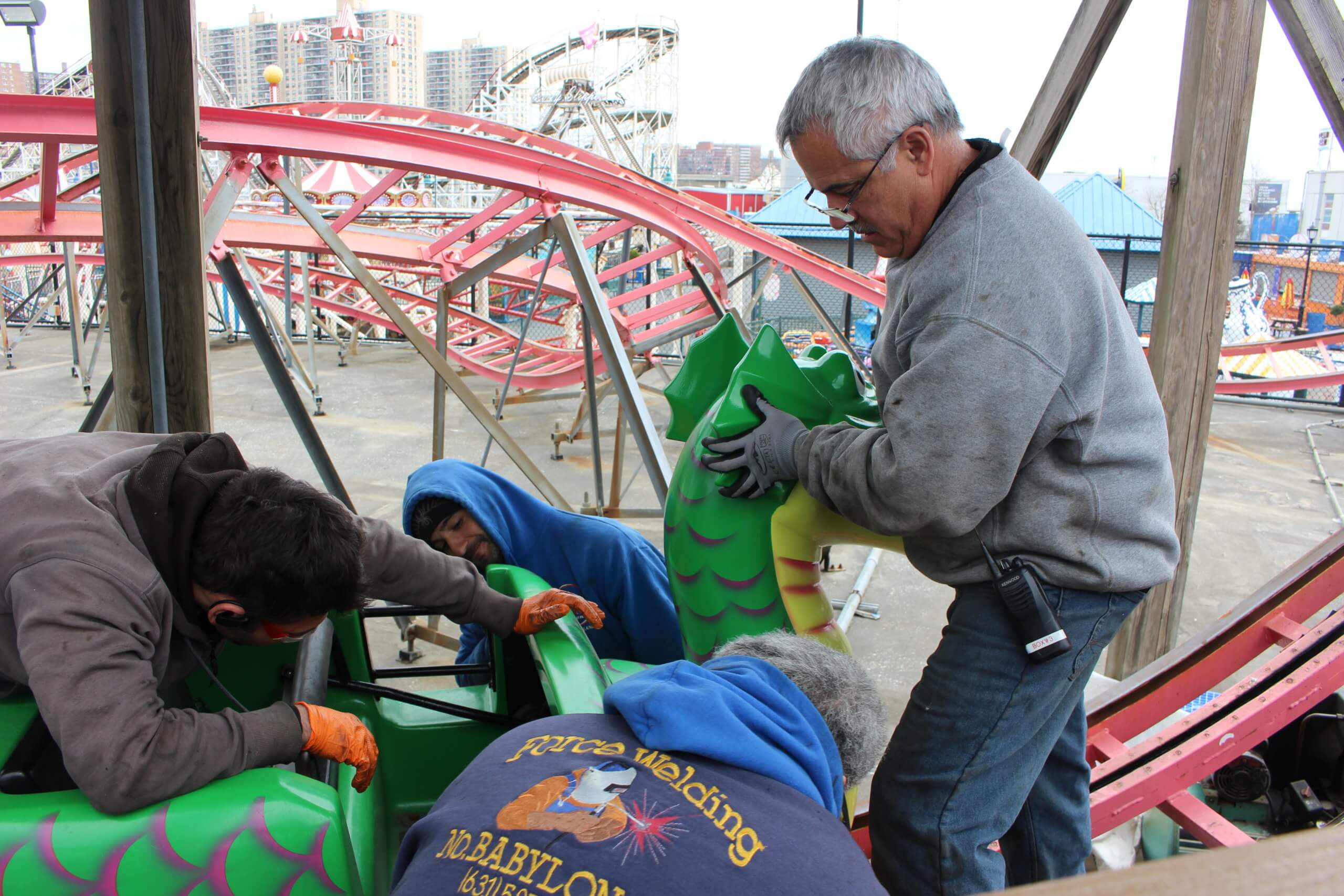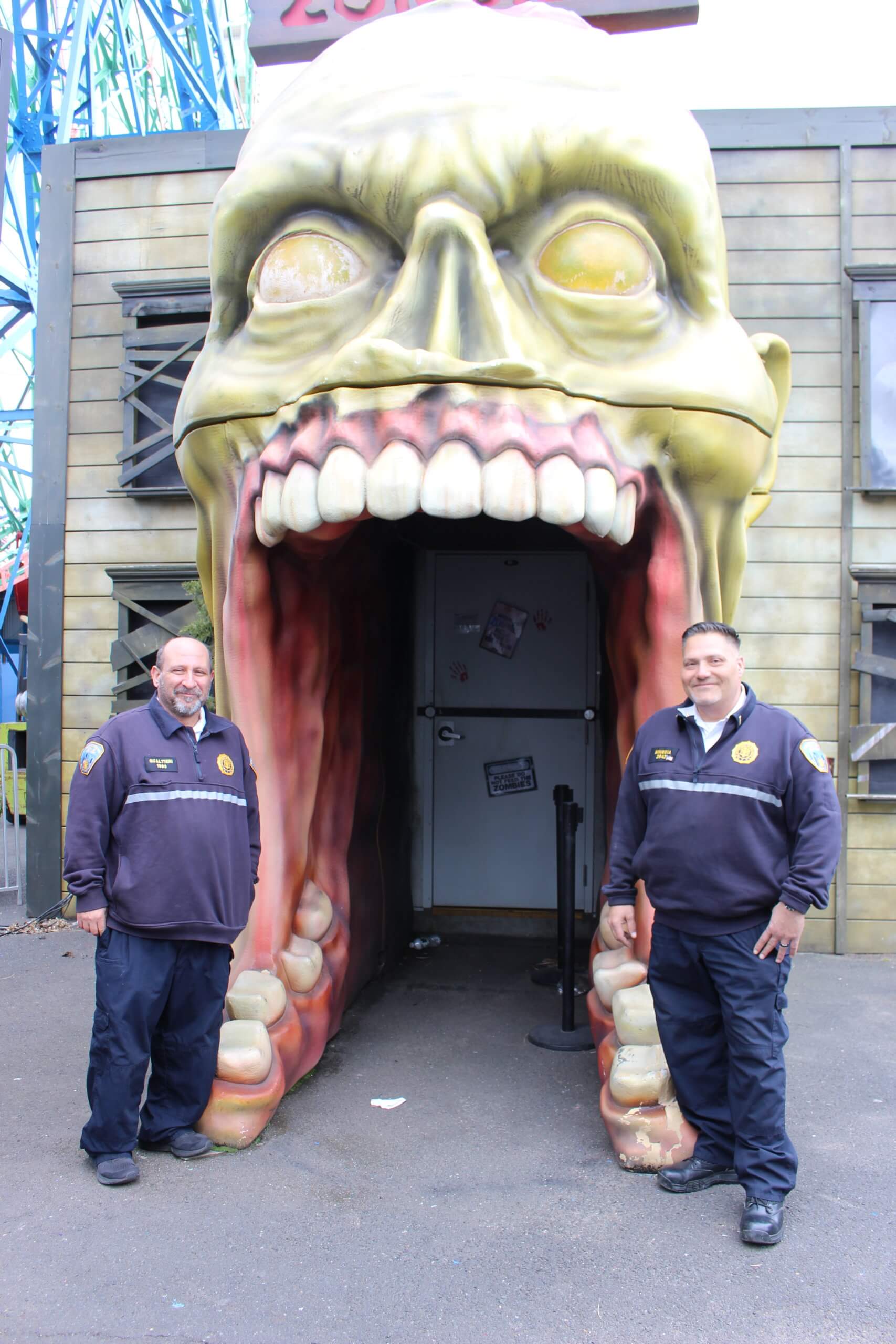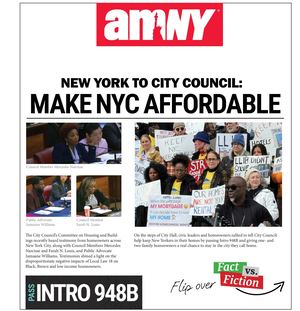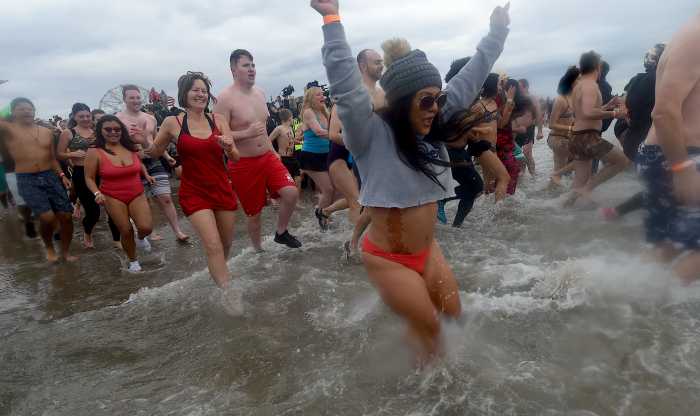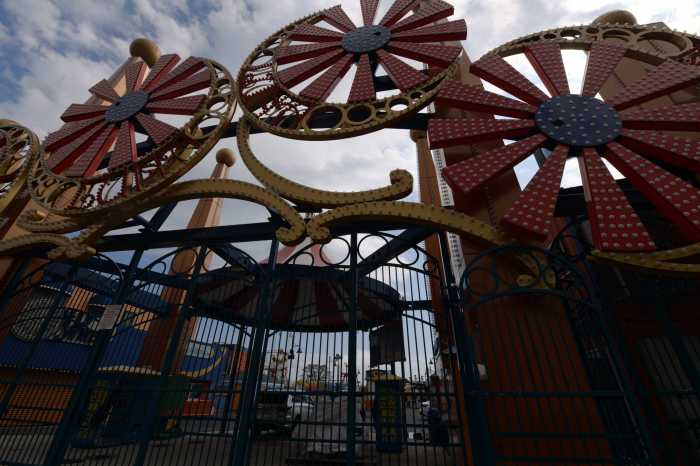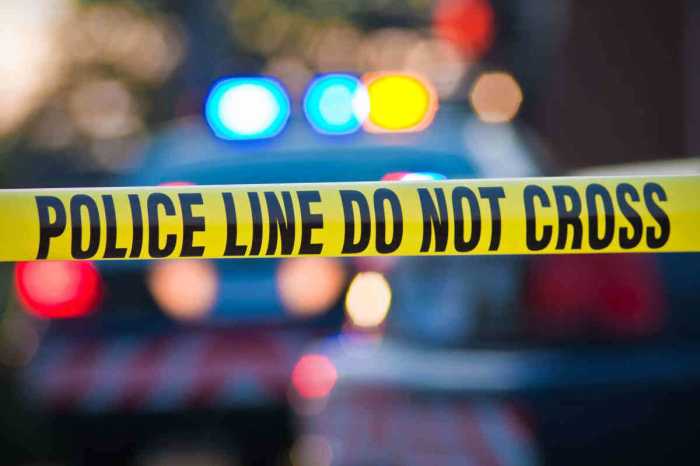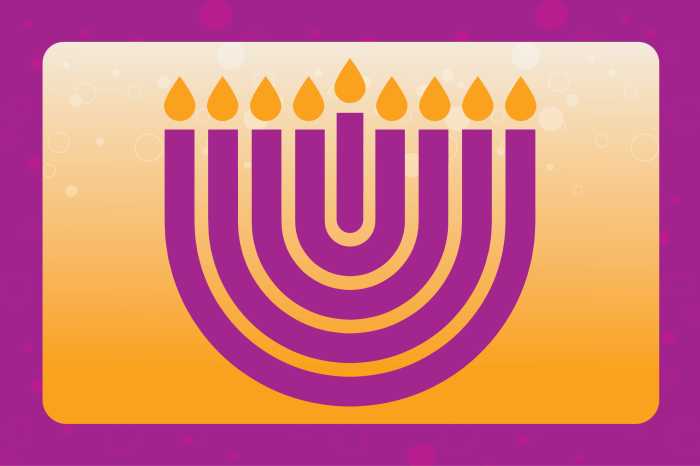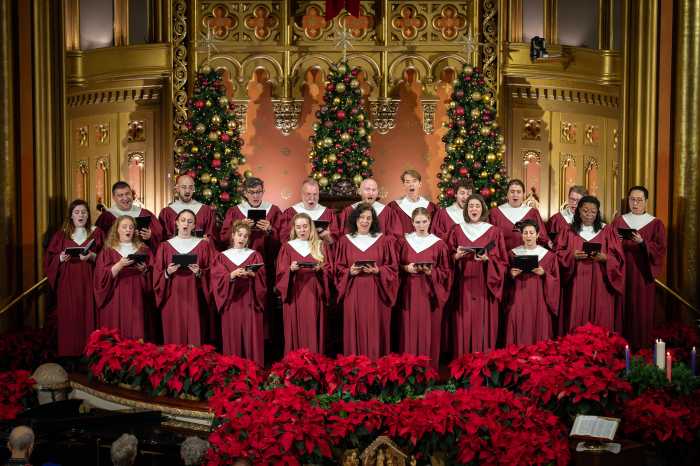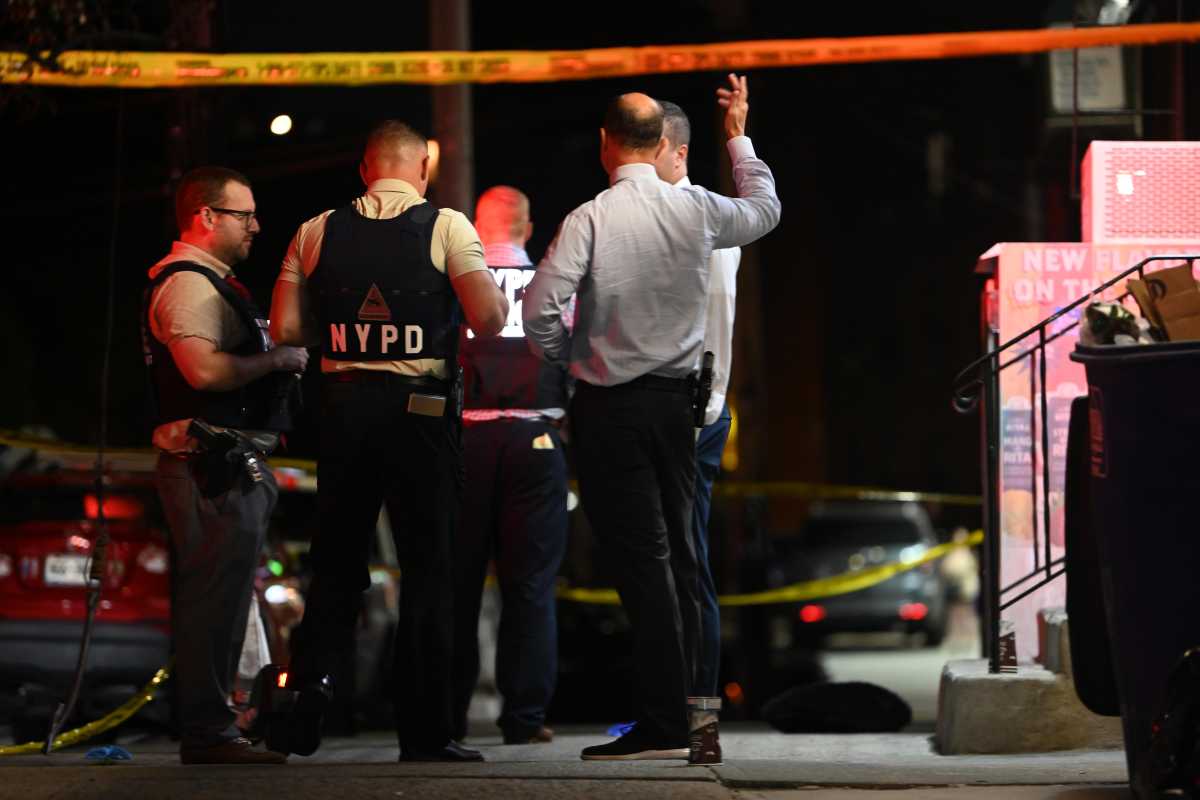On April 10, the beloved Deno’s Wonder Wheel Amusement Park in Coney Island will reopen for the summer season. But before it does, there’s a lot of prepartory work to be done.
The park has been a Coney Island staple since the Wonder Wheel first opened in 1920, and ever since the Vourderis family took over the expanded park, safety has been their number one priority. With many of the rides standing the test of time (many of the park’s kiddie rides date back to as early as the 1950s), it is important that the rides are kept in tip-top shape so they are safe for guests to ride them.
To achieve this goal, the Department of Buildings (DOB) conducts thorough inspections of each ride multiple times a year to ensure the safety of the rides.
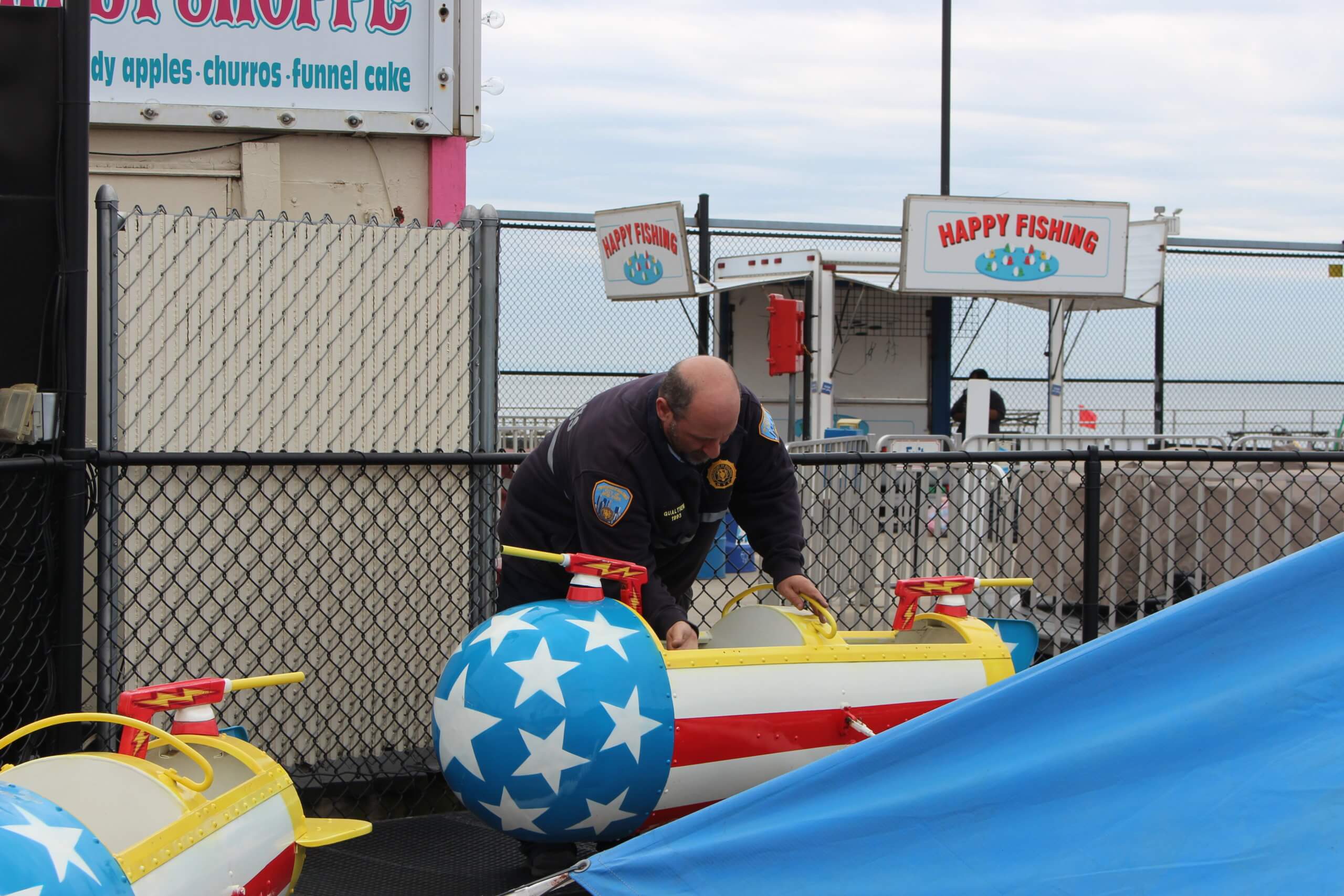
“Our highest priority at the Department is the safety of our fellow New Yorkers, which is why we are not going to let amusement rides operate in our city without first getting the green light from us,” said DOB Acting Commissioner Constadino Sirakis, P.E. “Whether it’s at Coney Island or small street fairs, our safety inspections are an important step to make sure that New Yorkers can safely enjoy amusement rides this Spring and Summer season.”
“Safety is the utmost priority in our business. I always say that we’re in the safety business, not the fun business,” said Dennis Vourderis, owner of Deno’s Wonder Wheel Amusement Park. “The first thing you see us doing is checking stuff, re-checking stuff, replacing things, upgrading. Our industry is very safety-focused. Accidents happen, but we do our best to maintain as perfect safety as we can.“
Once a ride is inspected, it is given a tag by the Department of Buildings, giving it the green light to operate. Each tag is good for 120 days, meaning the DOB will return to reinspect the ride to clear it for the rest of the season. Should there be an issue with the ride before the tag expires, DOB will come sooner.
“This is their license technically, when our inspectors are here, we do an audit on the operator,” said John Mingoia, Supervising Inspector- Elevators at DOB. “We also have to make sure these cards are visible for us to see. God forbid there’s an accident or something, we have the info right away.”
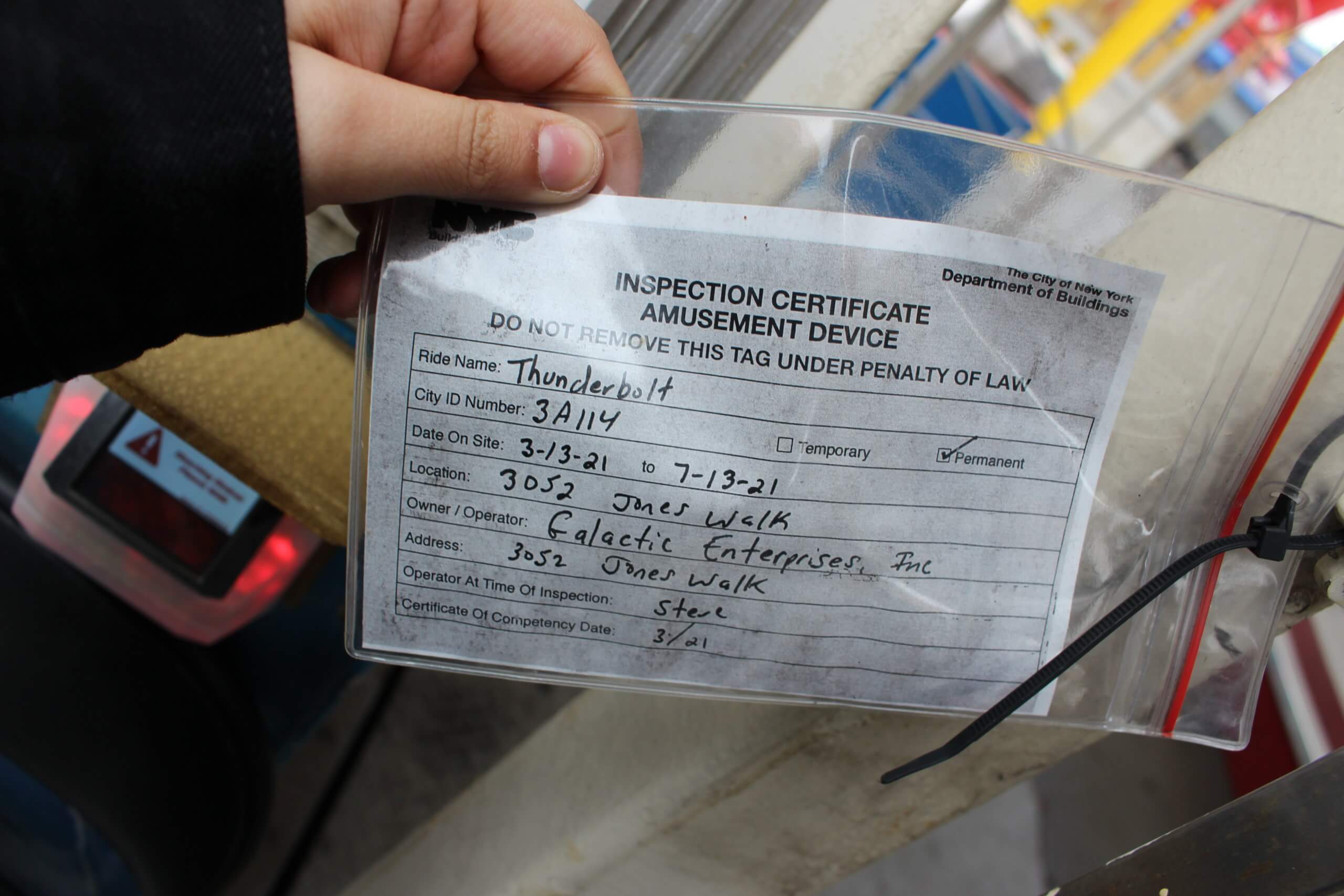
Each ride gets a thorough sweep of each spot on the ride. With the Wonder Wheel itself, for example, there are many steps to make sure that the iconic ride is ready for the summer season.
“We inspect each and every bucket, we inspect all of the gears, the sprocket, then we got the motor room, all of the handles,” said Mingoia. “Each individual car gets inspected, the doors, the locks, the welds, all of that. All of the emergency stop switches and emergency rescue, [the park has] protocols for emergency rescue. It’s pretty much the same routine on every ride.”
“The Wonder Wheel itself has a fantastic safety record. We do our best, it’s the best we can do,” Vourderis added.
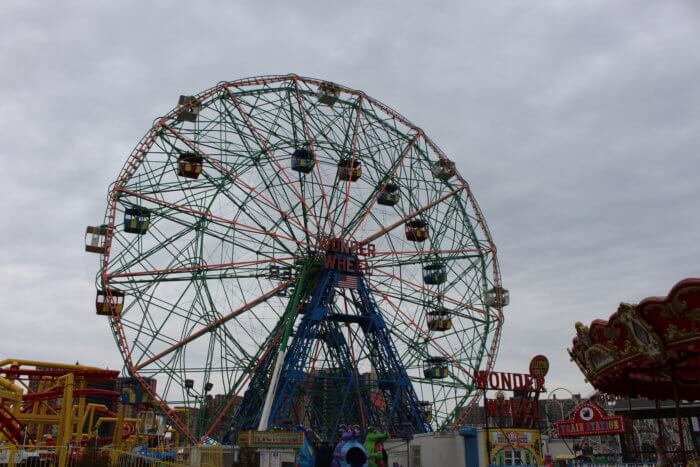
All rides are checked for sharp edges to make sure that no one can cut themselves open on any part of the ride.
Another example is the Thunderbolt — not the big Thunderbolt, the smaller one. This Thunderbolt is inspected to make sure all of the lock bars are secure and every mechanical piece is working. Underneath, the gears and machinery are greased to make sure that the ride goes smoothly.
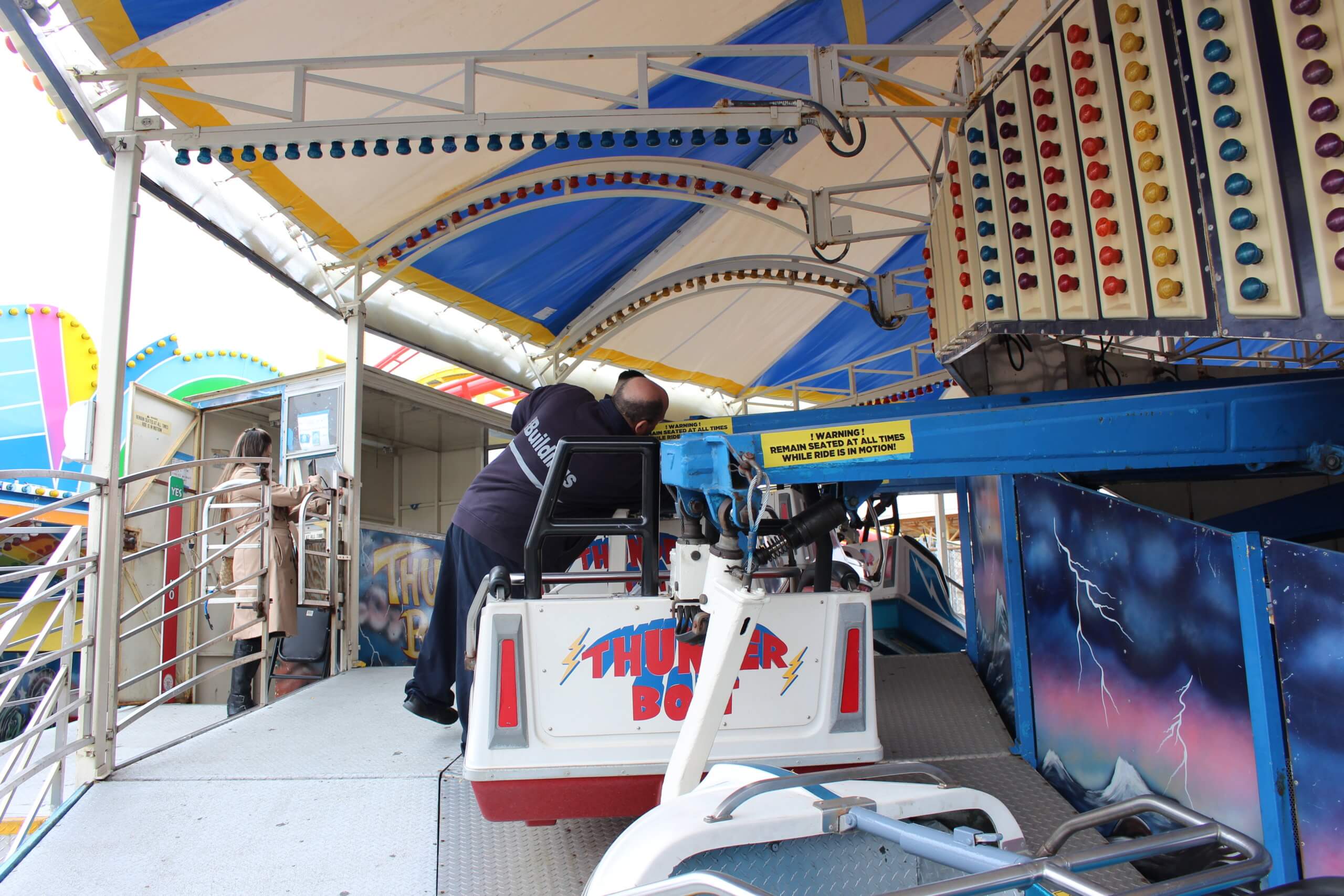
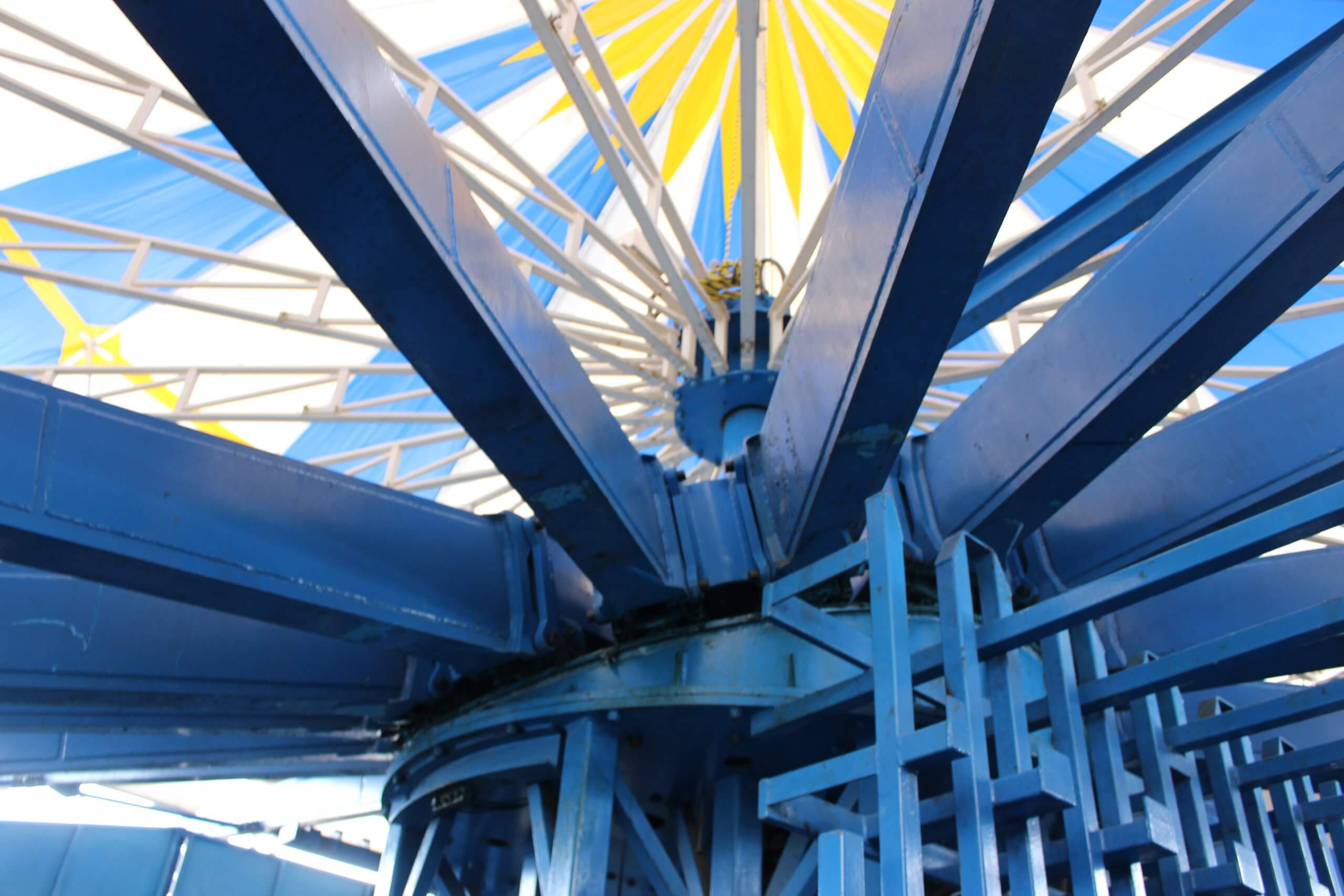
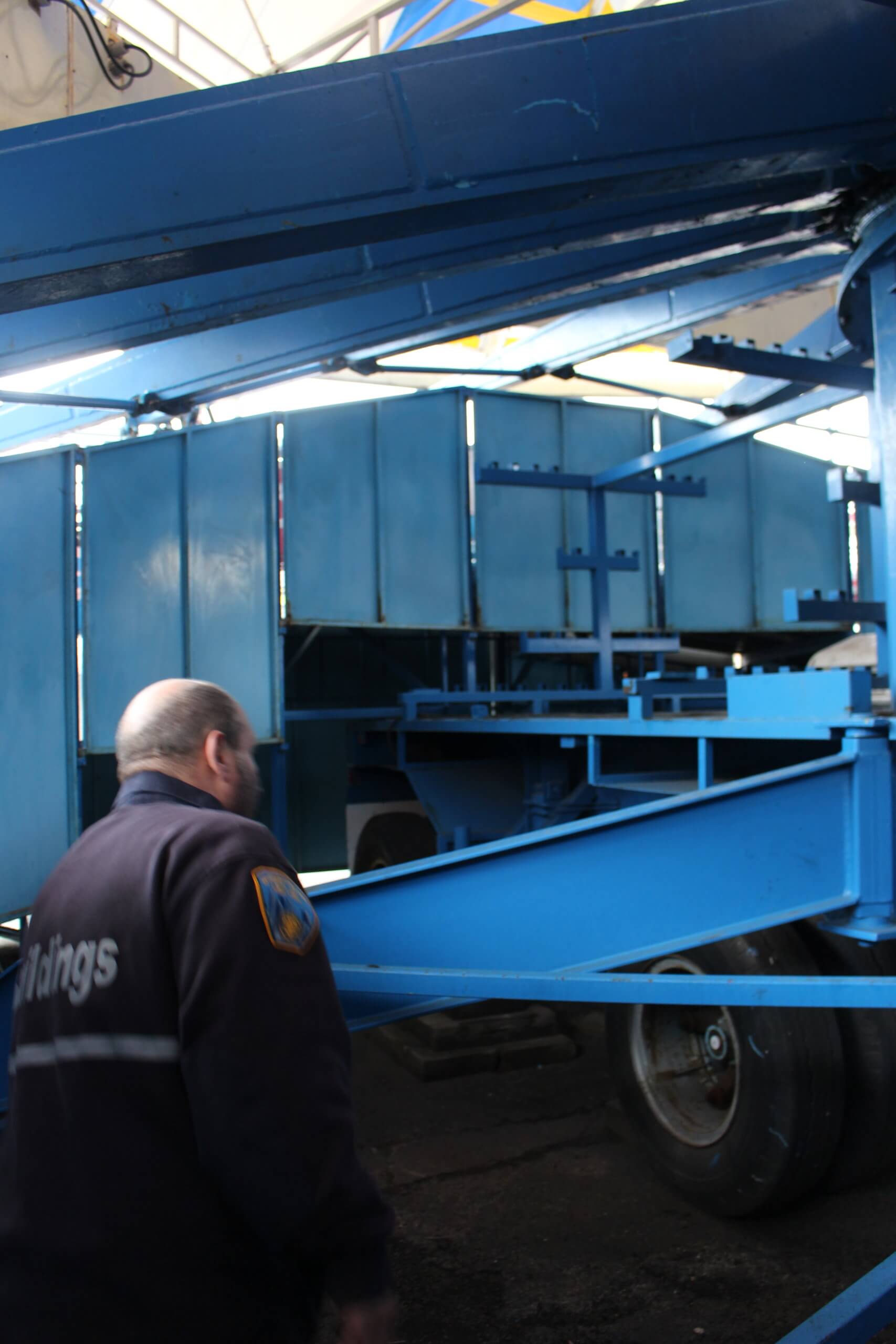
The bumper cars are turned over and inspected for any holes or fraying wires, and inspectors check to make sure all seatbelts are secure and that the mechanisms that make the cars secure are all functioning.
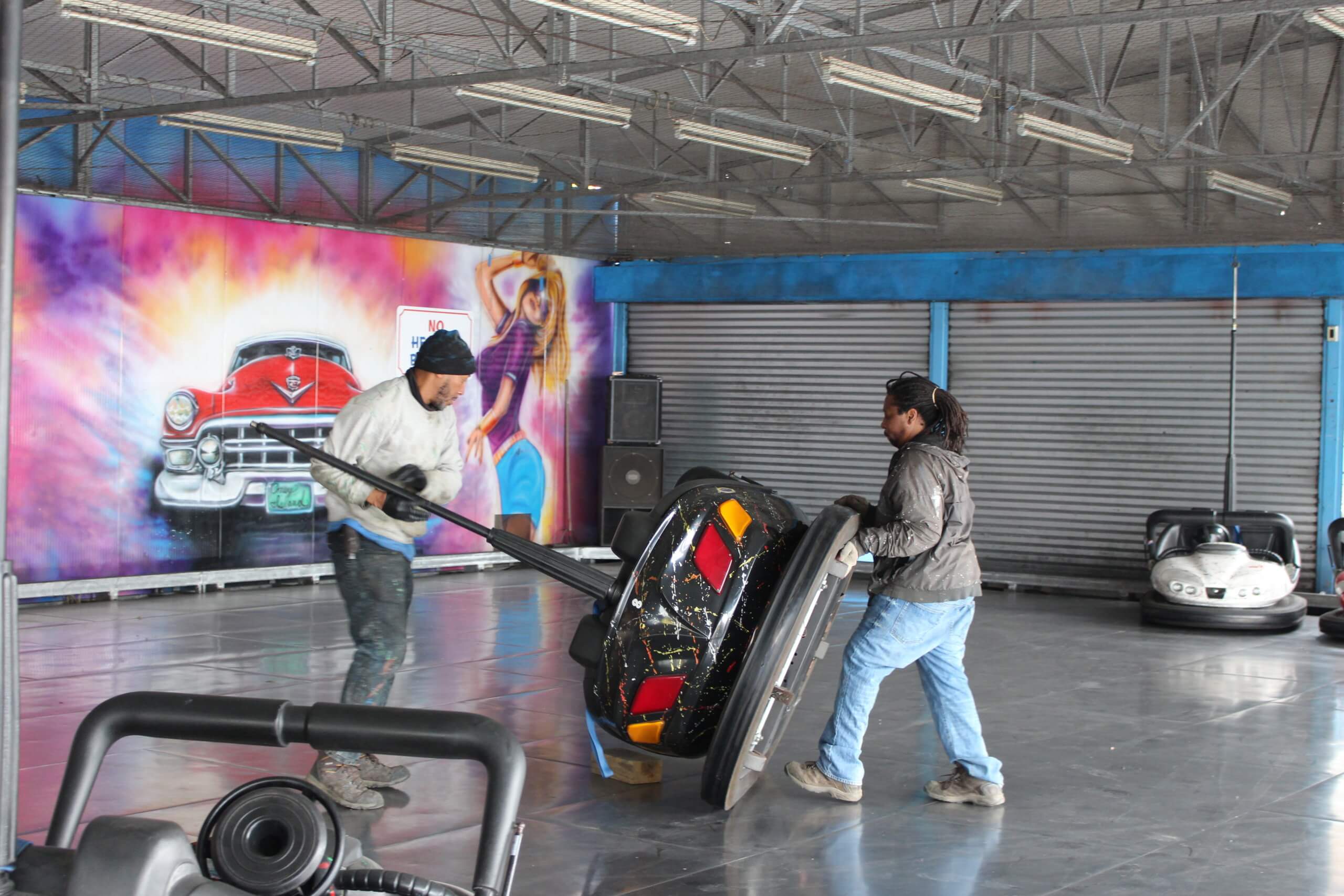

In addition to the rides, the DOB will come periodically to make sure that the ride operators are doing what they are supposed to do while the rides are in motion.
“When we’re here, we’ll watch the operator be attentive to the ride. That means he or she isn’t on their phone, they have to be maintaining full concentration on the ride itself. They are supposed to understand English or at least the word no, if they can’t, they need to get someone in here,” said Mingoia. “You either go and tell Denis to get another operator, otherwise we have to shut it down. We don’t want to do that, that’s not what we intend to do.”
In the off-season, the rides are meticulously stored and maintained so they can run the following season. Parts of many of the rides and attractions are held underneath the park grounds in a workshop where they can be fixed, maintained or updated.
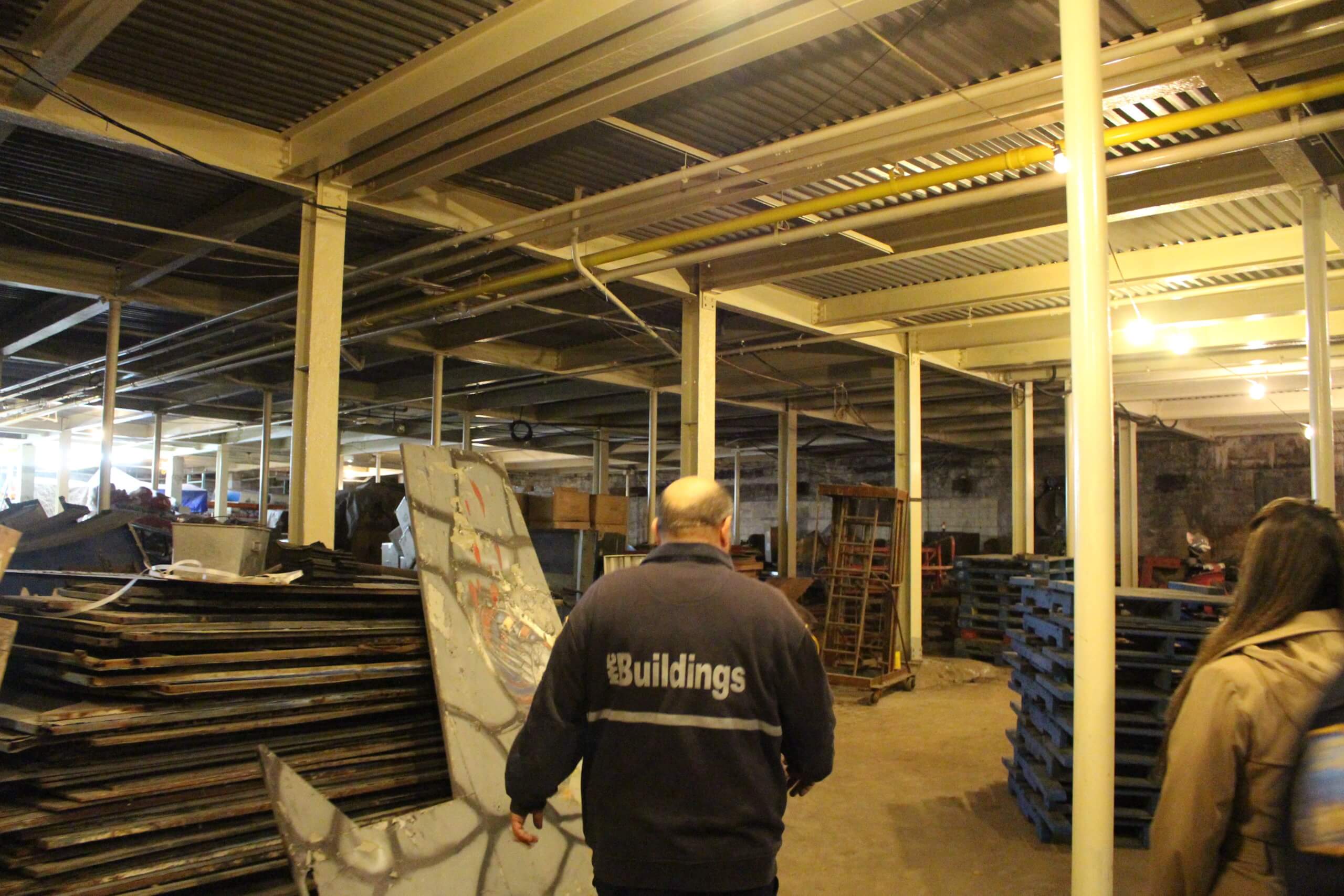
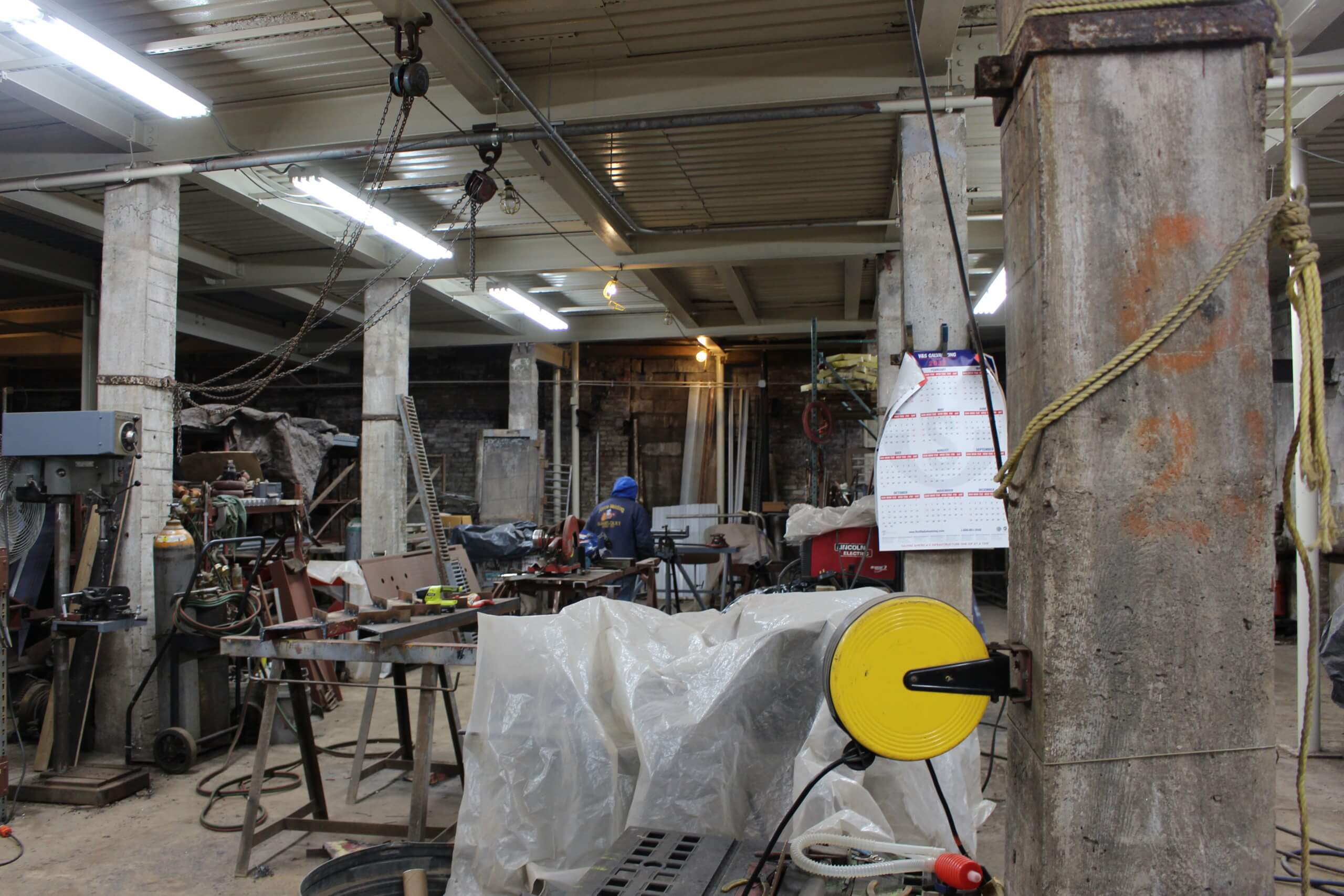
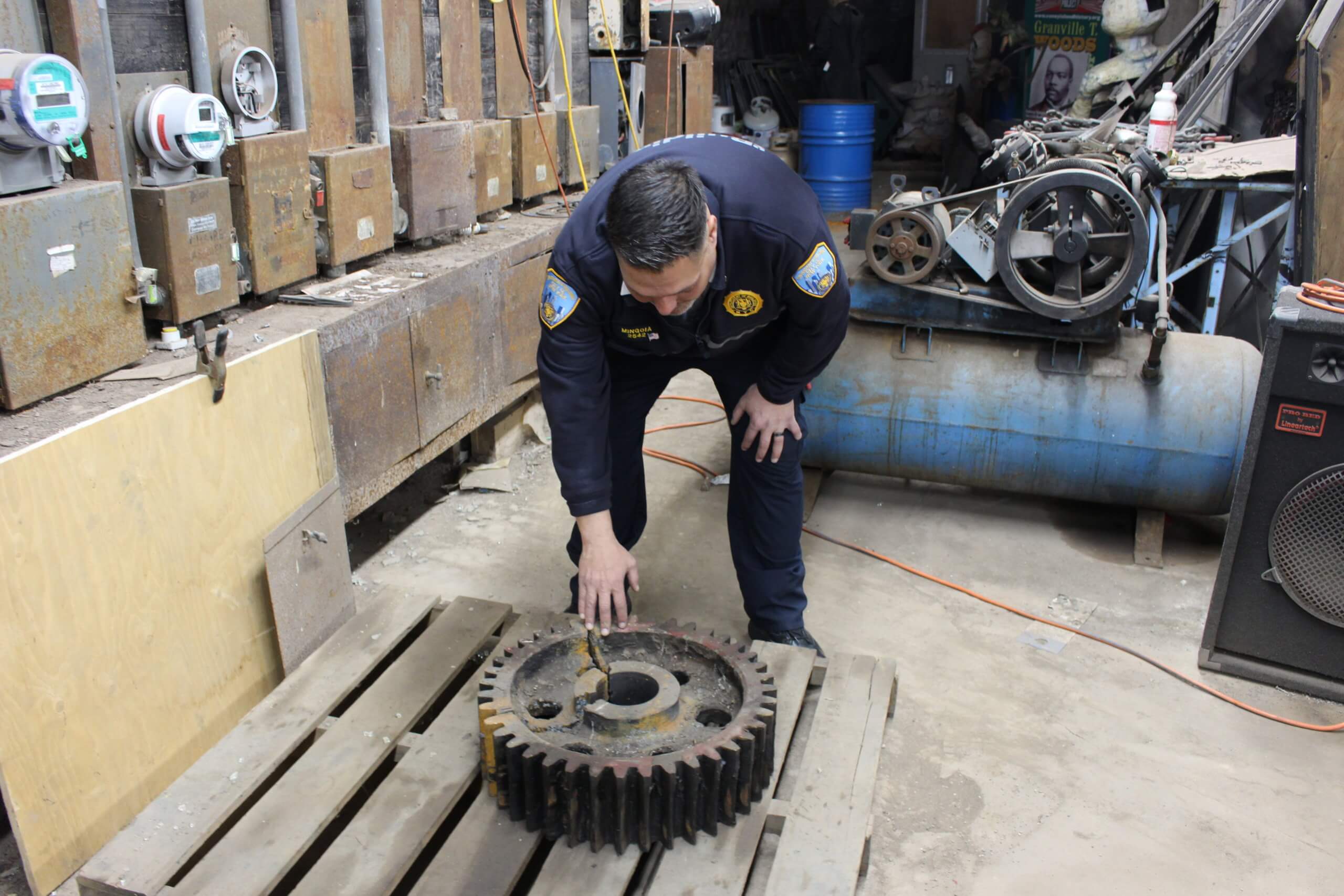
Although there is a lot of work that does into making sure the rides are safe for amusement park guests, Vourderis says that there is also a responsibility for the guest to follow the rules and ride the rides as they are intended to be ridden.
“Obviously, you want to follow the rules and the regulations of the ride. If the operator tells you you are too tall to go on this ride, too big to go on this ride or too short to go on this ride, there’s a reason for that,” said Vourderis. “We’re not discriminating against people, we just have safety in mind. We want you to have a good time, but it’s imperative that you follow the rules.”
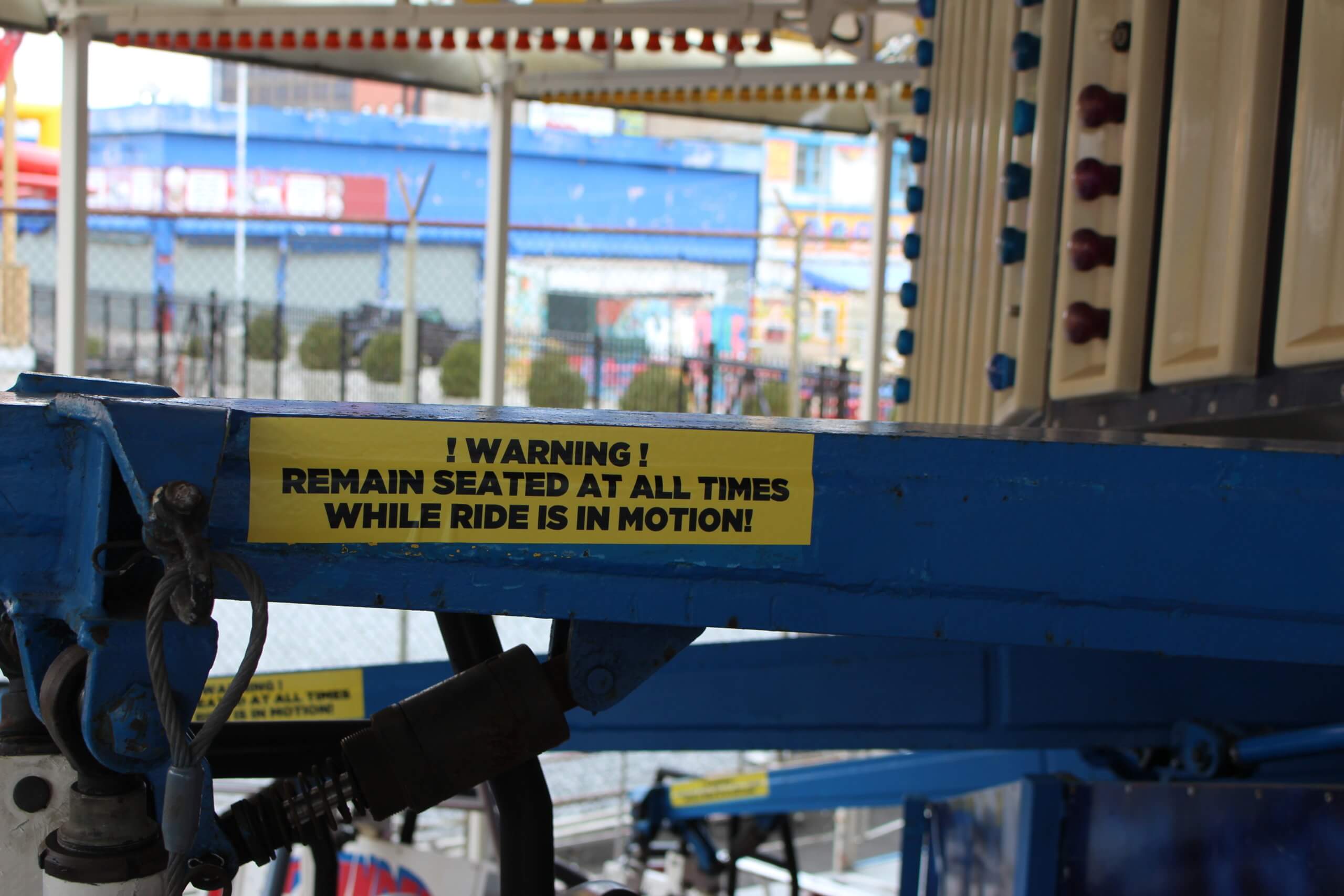
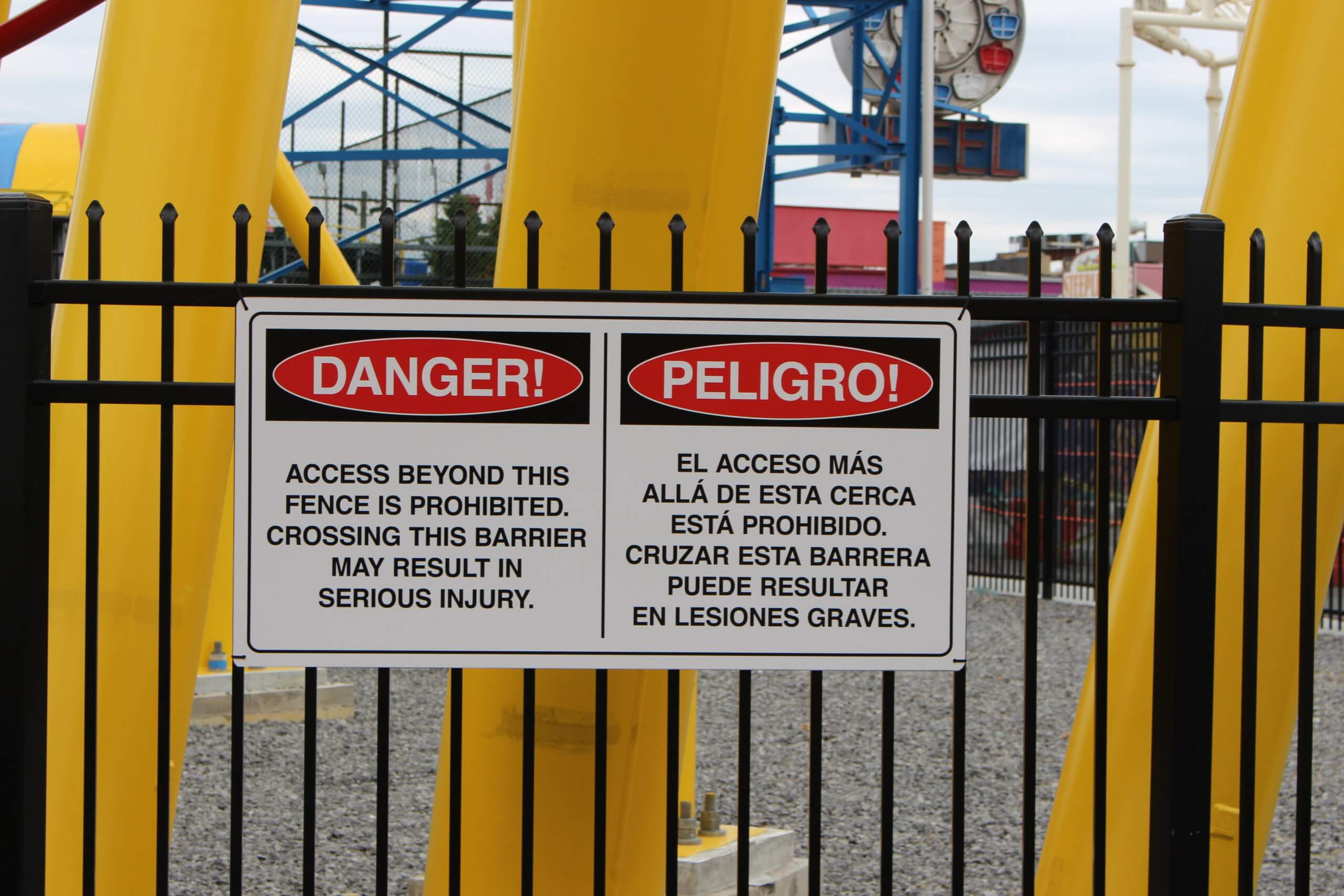
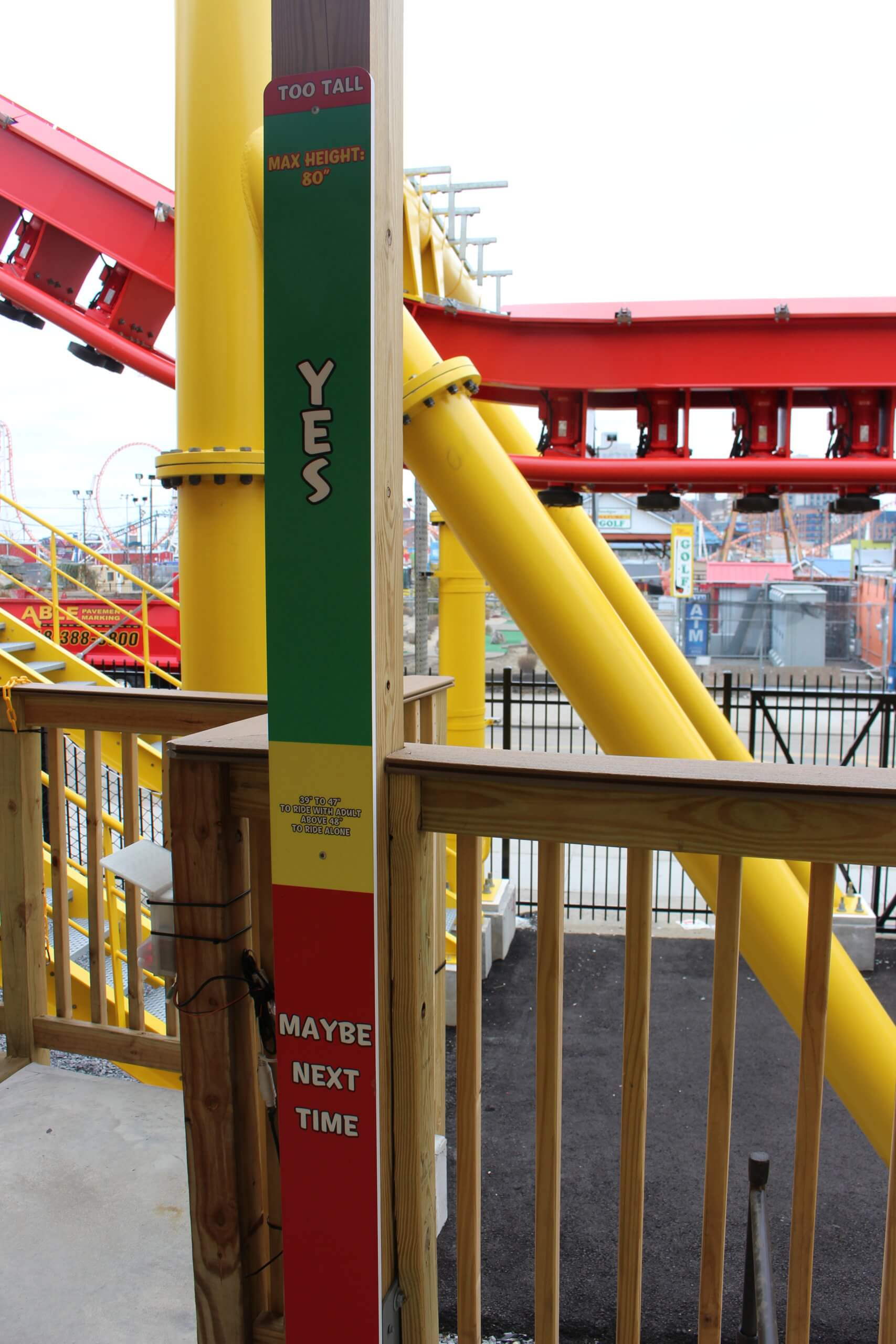
Vourderis particularly wants to remind parents of young riders that the safety requirements for height are incredibly important to follow because even if you intend on riding with your child, if they aren’t tall enough, they can’t ride regardless.
“We have to follow the rules, it can’t be a free-for-all, the rules that are there are for a reason. We wouldn’t want a 32-inch child on a ride that requires a 36-inch child to ride. A lot of parents will say, it’s okay I’m going to sit with him, but the operator will say it’s not about that, it’s about being the right height to ride the Tilt-a-Whirl, there’s a reason for that,” said Vourderis. “So we find ourselves trying to educate the public on a lot of these things, but most of the people know if they’re not in the yellow or green area, you can’t ride. It’s imperative that riders and parents alike follow the rules and regulations. We’re only looking out for you.”
For more information, pricing and more, visit denoswonderwheel.com.
